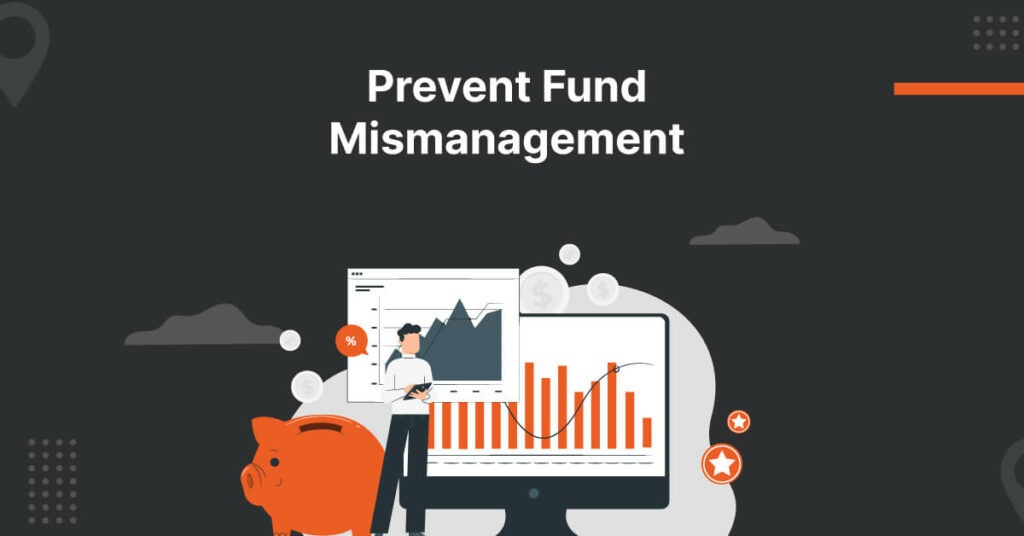
For software-as-a-service (SaaS) companies, careful financial planning and management can mean the difference between runaway success and total failure. With subscription business models, recurring revenue streams, and cloud-based delivery, SaaS companies operate differently than traditional software companies. This requires a strategic approach to finance and planning. Getting the numbers right ensures sufficient funding for growth and development, while mistakes can quickly spiral into disaster.
By developing a detailed SaaS financial plan, you can project revenues, allocate resources efficiently, and plan for long-term profitability. Read on for 6 SaaS finance planning tips that are essential for the success of any SaaS company.
1. Understand Your Cost Drivers
Understanding the key drivers of costs in your SaaS business is critical for effective financial planning. Three metrics that provide huge insight into your cost structure and unit economics are customer acquisition costs (CAC), gross margins, and customer lifetime value (LCLV).
Customer Acquisition Cost (CAC): This refers to the average cost to acquire a new customer. Knowing your CAC allows you to determine how much you can spend on sales and marketing to acquire customers profitably. As a rule of thumb, your LCLV should be 3-5x higher than your CAC for a healthy SaaS business.
Gross Margins: Your gross margin is revenue minus the cost of goods sold, divided by revenue. It measures how much gross profit you retain on each dollar of revenue. High gross margins give you more room for operating expenses.
Customer Lifetime Value (LCLV): This is a prediction of the net profit attributed to the entire future relationship with a customer. You calculate it by multiplying average revenue per account (ARPA) by the gross margin %, then dividing it by your churn rate. Understanding your LCLV allows you to determine how much you can invest to acquire customers.
Closely tracking these three metrics provides huge insight into your unit economics and will inform your broader financial planning. Optimizing them can directly increase the efficiency and profitability of your SaaS business.
2. Plan for Future Fundraising
Raising outside capital should be part of your SaaS financial plan from day one. Know what milestones you need to hit before going for seed funding and subsequent rounds. Map out targets for revenue, users, and other metrics to shoot for.
Seed funding is typically the first money a SaaS startup raises from outside investors like angels or seed funds. You’ll likely need at least 6 months of runway and some initial traction. Seed rounds are usually under $1 million.
Series A comes next, around 12-18 months in. Target raising $2-5 million. You’ll need strong month-over-month growth in revenue and users. Get to at least $1 million annual recurring revenue (ARR) if you can.
Series B and beyond set increasingly higher targets for revenue, ARR, enterprise customers, and market penetration before seeking more funding. Series B can be $10-15 million, and Series C $25-50 million.
Some Important Points to Keep in Mind:
- Time your fundraising to support major milestones like new product releases, expanding internationally, or large marketing pushes. Don’t wait until you’re running out of cash.
- Have a backup plan if fundraising takes longer than expected. Cut costs or extend your runway to avoid a crunch.
- Know your metrics inside and out. Investors will grill you on financials and KPIs.
- Hire an experienced CFO or financial advisor to help create projections and your fundraising strategy.
3. Have the Right Finance Team
Having the right finance team in place is critical for SaaS companies. The ideal finance team should have experience with SaaS business models and metrics. Some key roles and skills to look for include:
Controller: Handles day-to-day accounting and oversees the accounting team. Should have experience with SaaS revenue recognition and metrics.
Revenue Manager: Focuses on pricing, reporting, and modeling subscription revenue streams. Knows how to optimize pricing and packaging.
Tax Accountant: Specializing in SaaS tax issues like sales tax, nexus, deferred revenues, etc. Stays current on changing tax laws.
FP&A Analyst: Supports planning, budgeting, and modeling activities. Has strong analytical and modeling skills.
Having specialists in key finance areas allows the CFO to focus more on strategy, fundraising, and guiding the CEO and management team. As the company grows, adding depth in finance roles is better than having a generalist doing everything. The right finance talent helps steer the business and uncovers insights from all the data.
4. Implement Financial Controls
Having robust financial controls in place is crucial for any SaaS business. Here are some SaaS finance planning tips for implementing effective financial controls:
Conduct regular audits: Schedule internal and external audits at least annually to review financial records and ensure proper accounting practices are being followed. Audits help identify any weaknesses or gaps in processes.
Enforce approval processes: Require managers to approve all expenditures over a certain threshold. Integrate approval workflows into your accounting system to streamline the process. Multi-level approvals may be needed for larger expenditures.
Automate processes: Automating repetitive finance tasks reduces errors and improves efficiency. Accounts payable, receipt of payments, and expense reimbursements are good processes to automate.
Limit financial authority: Only assign financial authority for expenditures, payments, transfers, etc, to key finance personnel. Authorization limits should be set based on role.
Perform reconciliations: Reconcile accounts regularly to ensure actual cash balances match your books. Key accounts to reconcile include bank accounts, credit cards, and merchant accounts.
Review reports: Require finance to distribute and review key financial reports with department heads on a monthly basis at a minimum. Look for anomalies or unexpected results.
Segregate duties: Divide incompatible finance duties across multiple employees so no one person has too much control. For example, splitting invoice generation and payment approval between two people.
Suggested Read:
5. Monitor Metrics Closely
Carefully tracking key metrics is crucial for any SaaS business. There are two main types of metrics to monitor:
Leading Indicators
These are metrics that provide insight into future growth and profitability. Some examples include:
- New customer acquisition
- Sales pipeline growth
- Website traffic
- Marketing qualified leads
- Free trial sign-ups
Tracking leading indicators allows you to forecast revenue and make adjustments to hit targets. If new customers or leads are trending down, you can increase marketing spend or optimize conversion rates.
Lagging Indicators
These are “outcome” metrics that tell you how you’ve performed in the past. Examples include:
- Revenue
- Churn rate
- Customer lifetime value
- Gross margin
- Cash burn rate
While lagging indicators are important, relying too much on them means you are looking in the rearview mirror. Leading indicators allow for more agility and course correction.
In addition to tracking leading and lagging indicators, have a handful of Key Performance Indicators (KPIs) that you monitor daily or weekly. These will vary based on your business model and current challenges. Some examples could include:
- Free to paid conversion rate
- Monthly recurring revenue
- Net dollar retention
- Customer tickets per month
Regularly review your KPIs and have systems in place to quickly flag any metrics trending in the wrong direction. This allows you to investigate and make real-time adjustments to get back on track.
Implement These SaaS Finance Planning Tips Effectively
The SaaS finance planning tips outlined in this article provide a roadmap for SaaS companies to build a SaaS financial plan that helps them gain financing, scale efficiently, and make smart business decisions.
Itilite software offers a comprehensive suite of features that redefine how you handle expenses within your SaaS startup.
From managing day-to-day expenditures to optimizing budgets and forecasting future expenses, itilite empowers you with the tools to make informed decisions. Seamlessly integrate Itilite into your operations and witness the transformation in how you manage, track, and analyze expenses.













